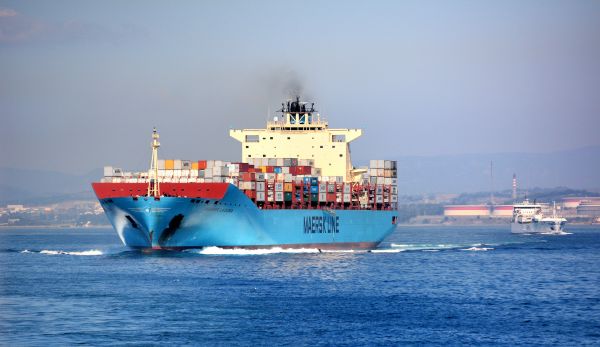Shipping Glass Cleaning Water from Guangzhou/Shenzhen to Haiphong, Vietnam: Sea Freight Solutions
Shipping Options: FCL (Full Container Load) and LCL (Less than Container Load)
FCL (Full Container Load):
For large shipments of glass cleaning water, shipping a full container (either a 20-foot or 40-foot container) is the most cost-effective solution. The CIF (Cost, Insurance, and Freight) shipping method covers all the charges from the port of origin (Guangzhou or Shenzhen) to the port of destination (Haiphong). This includes the cost of shipping, insurance, and freight, offering peace of mind and an all-inclusive price.- 20FT/40FT Container:
A 20-foot container can carry up to 10-12 tons of liquid, while a 40-foot container holds approximately 20-24 tons, depending on the packaging. - Port-to-Port Transport:
With FCL shipping, the container is typically transported from Guangzhou or Shenzhen to Haiphong port directly.
- 20FT/40FT Container:
LCL (Less than Container Load):
For smaller shipments, LCL is an ideal option. This method involves sharing container space with other cargo, making it a more affordable choice for those who don’t have enough goods to fill an entire container. The same CIF (Cost, Insurance, and Freight) shipping terms apply, covering both the shipping and insurance costs.- Sea Freight Transit Time:
LCL shipments from Guangzhou or Shenzhen to Haiphong take about 2 days, offering a fast turnaround for smaller volumes.
- Sea Freight Transit Time:

Packaging of Glass Cleaning Water
Proper packaging is crucial when shipping liquid goods like glass cleaning water. The packaging ensures the safety of the product, preventing leaks or contamination, and complies with international shipping standards.
Drums or IBC Containers:
Glass cleaning water is typically shipped in drums (usually 200 liters) or Intermediate Bulk Containers (IBC), which are larger containers designed for bulk liquids. These containers are durable, sealed, and have handles or valves to control flow.Plastic Bottles or Jugs:
For smaller volumes, the glass cleaning water may be packaged in individual plastic bottles or jugs. These containers should be securely sealed and shrink-wrapped to avoid any leaks or spills during transit.Sealing and Labeling:
- Seals: All containers should be sealed properly to avoid any spillage or contamination. It is also essential to have a secondary seal to prevent tampering during transit.
- Labels: The packaging should have clear labels indicating the product type, quantity, handling instructions, and safety warnings if applicable (e.g., if the liquid is classified as hazardous).
Palletizing and Wrapping:
For ease of handling and to minimize damage during transit, the drums or bottles should be palletized. This means arranging the containers on sturdy wooden pallets and securing them with shrink wrap or strapping. The shrink wrap also helps prevent any shifting or toppling inside the container during shipment.



